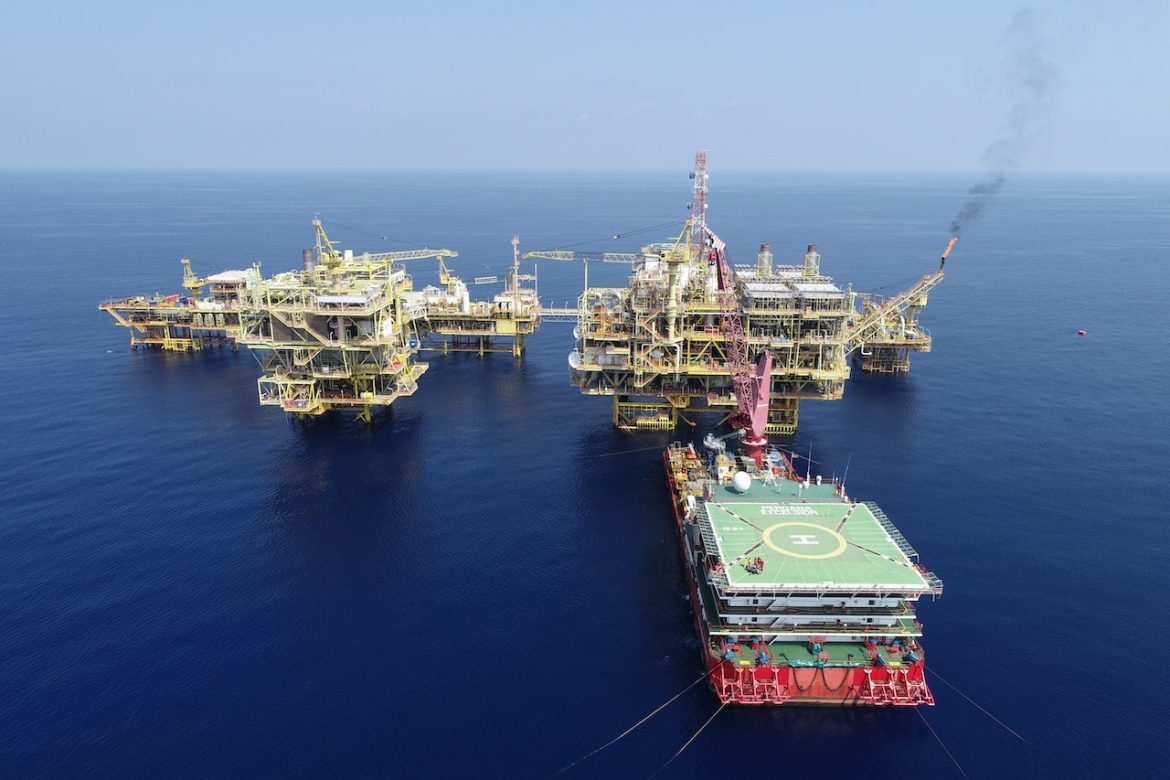China, the world’s leading oil importer, is growing fond of Iranian crude. Global price surges, influenced by extended supply reductions by critical players like Saudi Arabia and Russia, have led Tehran to amplify its output and exports despite prevailing U.S. sanctions.
China’s independent refiners are especially keen on this development, colloquially termed “teapots.” These entities are capitalising on Iran’s attractively priced oil to cater to increasing seasonal demands. However, China’s dominant state refiners are treading with caution.
Data insights from consultancies Vortexa and FGE spotlight Iran’s escalated crude exports. Currently, they’re hitting an apex of approximately 1.5 million barrels per day (bpd), a record over the past four years. Intriguingly, a staggering 80% of this export volume arrives in China.
These heightened export activities coincide with ongoing dialogues between Washington and Tehran, focusing on prisoner exchanges and the potential liberation of Iranian assets held overseas. This alignment has sparked market whispers, hinting at a possible relaxation of U.S. embargoes on Iranian oil.
FGE’s Managing Director, Iman Nasseri, conjectures, “I surmise that Iranians have received an informal nod, suggesting no additional constraints on crude buyers during these discreet discussions.” He anticipates a potential increase in China’s Iranian crude imports, contingent on price dynamics and buying thresholds.
Reuters reported that the U.S. remains steadfast in upholding sanctions on Iranian oil and related sectors. A senior State Department official highlighted the matter, emphasising that Tehran barely profits from these undercover sales. This stance resonates with Chinese state-owned corporations that remain wary of U.S. sanctions, discouraging them from resuming Iranian oil trade.
However, Tehran’s resilience is evident. It’s amplifying its crude oil exports, touching around 2 million bpd. Insiders confirm that Iran’s production is reaching its maximum capacity of almost 4 million bpd.
On the record, Chinese official data seldom acknowledges these Iranian imports; instead, they catalogue them under different Middle Eastern nations.
An anonymous trader candidly opined, “Washington conveniently overlooks Iranian oil transactions.” Market experts posit that Iran’s restrained nuclear ambitions might de-escalate tensions with the U.S. Yet, comprehensive nuclear agreements before the U.S.’s 2024 electoral timeline seem improbable.
China’s “teapots,” predominantly stationed in the coastal Shandong province, are the primary consumers of Iranian oil. Major state-controlled and private refiners have distanced themselves from Iranian crude since the U.S.’s 2019 sanction reintroduction.
These cost-conscious teapots are drifting towards Iranian oil as Russian alternatives become pricier. Current trading patterns reveal significant price disparities between Russian and Iranian oil, making the latter a favourable choice for teapots aiming for economic viability.
In conclusion, geopolitical complexities and economic imperatives are shaping China’s oil trade choices, with Iranian crude gaining traction amidst evolving global landscapes.



